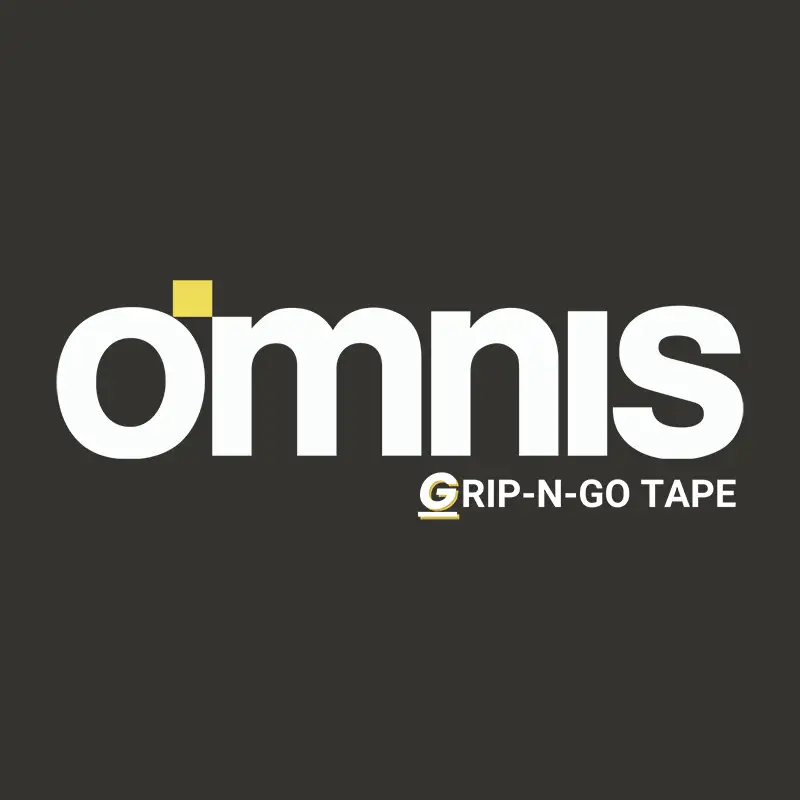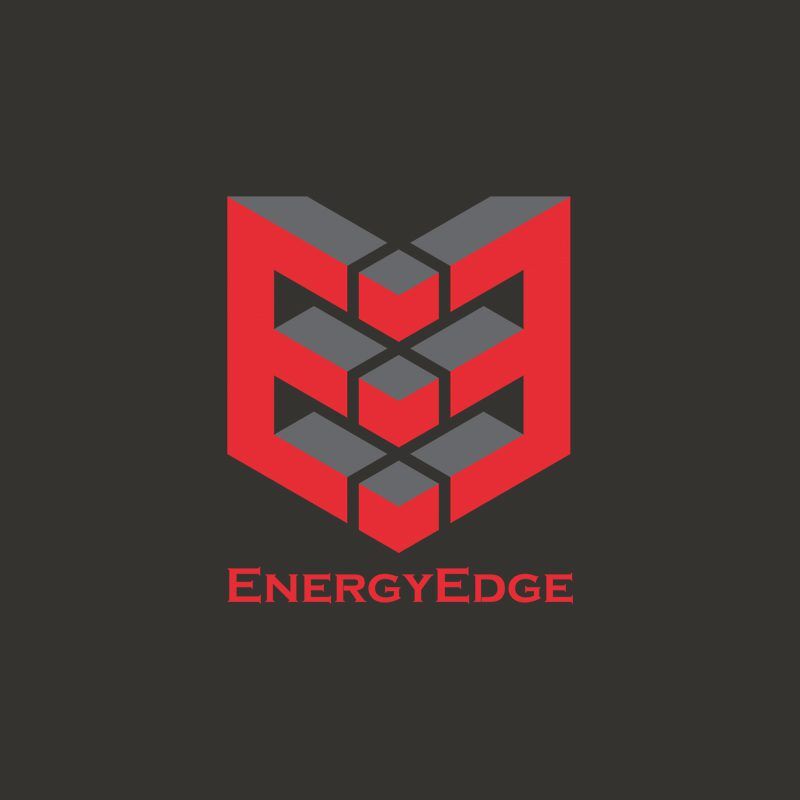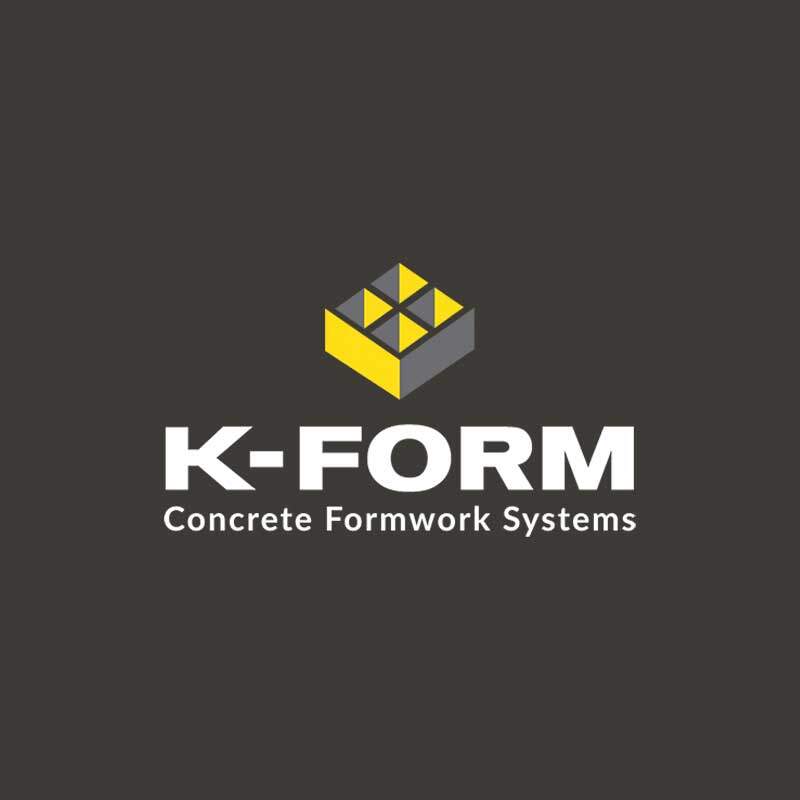The Sustainability of Rainscreen Panels
When discussing the sustainability of rainscreen panels, three factors are taken into consideration: environmental, economic, and social.
- Environmental sustainability means that the panels used won’t have a negative effect on the environment, either from the creation of the panel or disposal of it.
- Economic sustainability goes beyond the initial cost of the material. We also need to consider maintenance costs. Does the product need frequent cleaning? What about painting or sealing? Will you need to spend money to replace panels in 10 years? These are factors that determine economical sustainability.
- Social sustainability is a discussion on the human impact of the panels on the rainscreen. By using a product that doesn’t require a lot of maintenance, you’re keeping people off of the walls which decreases the risk of injury.
OMNIS Products Are Reusable and Reduce Carbon Emissions
- Rainscreen façade panels from Steni have a low carbon footprint, producing 14–17 kg of CO2/m². Steni façade panels can be delivered to public waste treatment facilities at the end of their useful life. Steni waste is “inert” and has no impact on the external environment. All Steni panels have a life-cycle analysis and an Environmental Product Declaration (EPD).
- Petrarch Wall Panels can potentially be reused or relocated due to the extensive life of the panel, and the ability to cut on-site. Petrarch panels can be salvaged or reused in new construction or the renovation of a building. Applications for reuse can be exterior and interior wall panels or decorative accent panels made with composite material.










